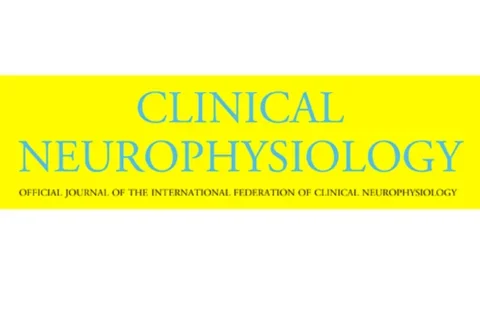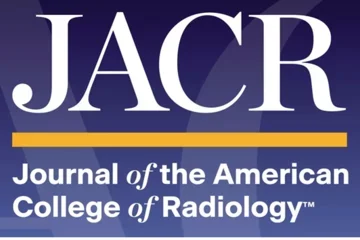Fast ripple band high-frequency activity associated with thalamic sleep spindles in pediatric epilepsy
Published in: Clin Neurophysiol (January 2025)

Objective: To investigate high-frequency activities (HFA) associated with thalamic sleep spindles.
Methods: We studied a cohort of ten pediatric patients with medication resistant epilepsy who were identified as potential candidates for thalamic neuromodulation. These patients had thalamic sampling as well as presumed epileptogenic zones, using stereotactic EEG (SEEG) with a sampling frequency of 2,000 Hz. We quantified the summated high-frequency activity (HFA) in the fast ripple band associated with sleep spindles using 20-minute scalp EEG and SEEG recordings during non-REM sleep and analyzed its correlation with spindle characteristics.
Results: HFA, with a median peak frequency of 330 Hz, was distinctively observed in the thalamus and temporally correlated with thalamic sleep spindles. Such HFA demonstrated significant coupling with the sleep spindle range of 11-16 Hz. The duration of HFA positively correlated with higher density and longer duration of accompanying thalamic spindles. Thalamic HFA's duration negatively correlated with the presence of cortical interictal epileptiform discharges. Thalamic spindles generated in channels with HFA often coincided with sleep spindles in various brain regions.
Conclusion: Fast ripple band HFA associated with sleep spindles was observed exclusively in the thalamus.
Significance: Thalamic HFA associated with thalamic spindles may represent a thalamus-specific physiological phenomenon.
Keywords: Epilepsy; Fast ripple; High frequency oscillations; Spindle; Stereotactic EEG; Thalamus.
doi: doi.org/10.1016/j.clinph.2025.01.011 PMID: 39915224



